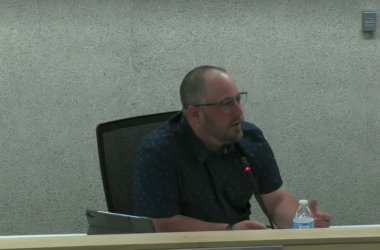Snowshoe hare populations are still low in accordance with their 10-year natural cycle, which is also impacting lynx sightings on the Kenai Peninsula.
Area Biologist Jeff Selinger with the Alaska Department of Fish and Game says the hares are the lynx main food source.
Selinger: “Throughout most of the Kenai the hare’s population peak was in the winter of 2012 and then they’ve been decreasing since then, they’re low now. I think hares hung on in Unit 15 C a little bit longer, they didn’t start declining much until 2013 to 2014. So the lynx will follow those hare cycles as a general rule but there’s give and take on either side, you get a cycle of hares coming up about every ten years.”
He says he expects snowshoe hare populations to begin increasing in Game Management Unit 15 B.
Selinger: “Between Tustumena and Skilak Lake, where we had the Funny River Fire a couple years ago, you get that burn going through and you get a lot of vegetation that is condusive to high hare populations so I’d expect that area to see the next big blast of high hare populations, followed by high lynx numbers.”
Selinger estimates that in about five years snowshoe hare populations will begin to increase noticeably.






